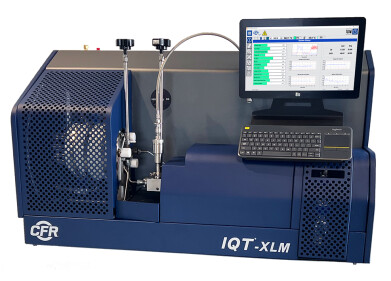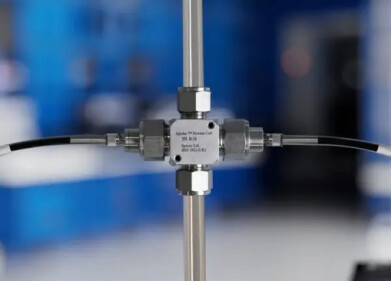Analytical Instrumentation
EDXRF Analysis Enables Complience with New NYMEX/CEM Specifications for V and Ni in light Crude for Futures Contracts
Jul 17 2018
NYMEX, a Designated Contract Market and part of CME Group derivatives marketplace, announced it will modify the quality specifications of its physically-delivered Light Sweet Crude Oil futures contract in January 2019. Specifically, CME Group is updating the contract specifications to include five additional quality test parameters.
The current quality specifications in the Light Sweet Crude Oil futures contract will remain unaltered, and five additional quality parameters will be added for distillation, vanadium, nickel micro carbon residue, and total acid number.
The new requirements beginning January 1, 2019, are designed to ensure that quality parameters conform to the oil industry standards established by Enterprise Products Partners LP that govern the common stream specifications for West Texas Intermediate (WTI) type crude oil which is deliverable against NYMEX Light Sweet Crude Oil futures contract in Cushing, Oklahoma.
Elemental analysis by Energy Dispersive X-ray Fluorescence (EDXRF) provides a faster, easier, less expensive alternative to Inductively Coupled Plasma (ICP) to meet the requirements of the additional parameters.
Vanadium and nickel, as well as sulfur occur naturally in crude oil, and their concentrations vary depending on the geographical region of the oil deposits. Some crude may also contain measurable levels of calcium and iron. At the refinery as well as midstream at pipelines, transportation, gathering points and during blending a quick and easy means of screening and monitoring the metal content is a valuable tool in characterising the quality of the crude before refining. To meet this industry need, Applied Rigaku Technologies, Inc. offers the Rigaku NEX DE EDXRF analyser. New excitation and detection technology at Rigaku achieves up to 500,000 cps throughput and very low background and exceptional detection limits, making the NEX DE analyser an ideal multi-element tool for monitoring the concentrations of not only sulfur but also metals in crude.
The analysis of sulfur, calcium, vanadium, iron and nickel in crude using the NEX DE analyser is demonstrated below. The measurement is also applicable to residual oil, bunker fuels and other heavy hydrocarbon oils.
For the analysis shown, empirical calibrations were built using a suite of 10 commercially available mineral oil calibration standards that represent crude, residuum and other heavy hydrocarbon oils.
To demonstrate repeatability (precision), three samples were measured in 10 repeat analyses using an analysis time of 700 sec per sample without moving the sample between measurements. Shorter measurement times can be used if such excellent precision is not required.
To demonstrate typical detection limits using NEX DE, ten repeat analyses of a blank oil sample are taken with the sample in static position, and the standard deviation (s) is determined. The LLD is then defined as 3s Shorter measurement times can be used if such low detection limits are not required.
The Rigaku NEX DE gives technical and non-technical operators alike a simple yet powerful and versatile system for quantifying multi-elemental composition using the empirical approach. The results indicate that given stable samples, proper sample handling and calibration technique, the NEX DE achieves excellent performance for monitoring sulfur and metals in crude and other heavy hydrocarbon oils.
Digital Edition
PIN 25.5 Oct/Nov 2024
November 2024
Analytical Instrumentation - Picturing Viscosity – How Can a Viscometer or a Rheometer Benefit You? - Sustainable Grease Formulations: Evaluating Key Performance Parameters and Testing Method...
View all digital editions
Events
Dec 03 2024 Dusseldorf, Germany
Dec 08 2024 Anaheim, CA, USA
Turkey & Black Sea Oil and Gas
Dec 11 2024 Istanbul, Turkey
Dec 19 2024 Aurangabad, India
Jan 20 2025 San Diego, CA, USA





















